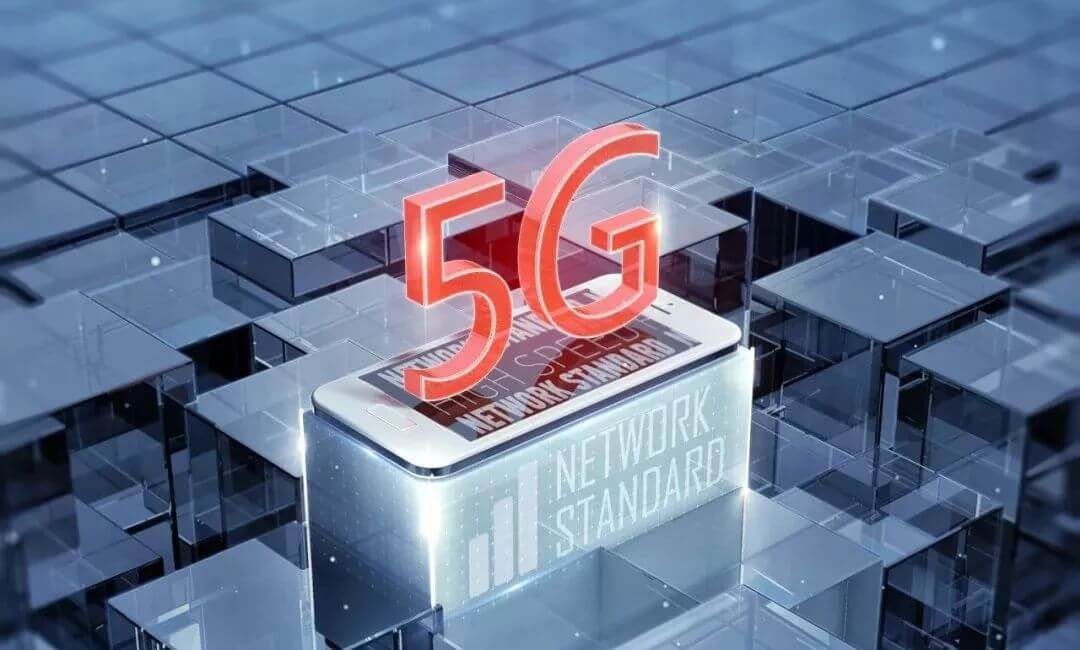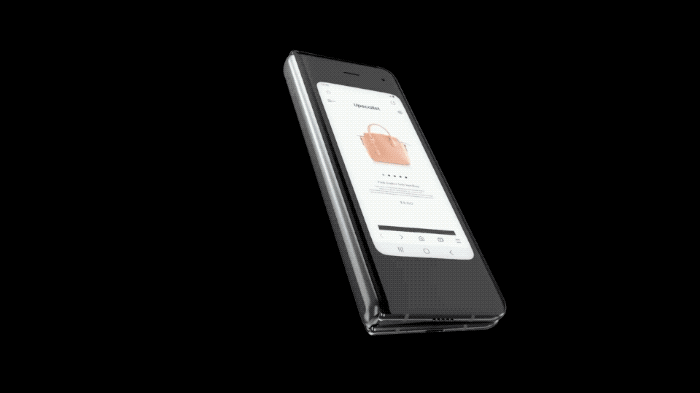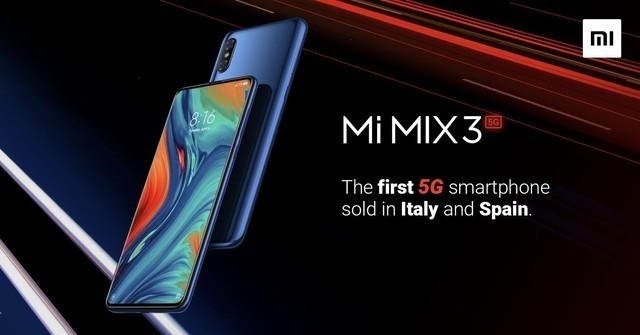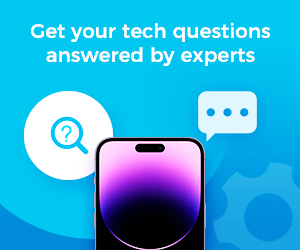Since the start of 2019, both consumer and industry interest in 5G technology has exploded. 5G compatibility has seemingly become the newest arms race in the smartphone business (for everyone not named Apple), with Samsung, Huawei, Xiaomi, and other industry titans expected to release or have already released their own 5G-capable phones this year.
These high-priced, often foldable 5G devices seem to indicate a future norm for smartphones, but are they worth buying right now? This article will explore the current state of 5G-capable phones, as well as the advantages and disadvantages of being an early adopter.
5G-Capable Phones List
Samsung Galaxy S10 5G, A90 5G, and Fold
In February of this year, when the Galaxy S10 was first revealed, Samsung also announced a special version of the phone that would support 5G. The aptly-named S10 5G was released in South Korea on April 5th, becoming the first 5G phone on the market and making South Korea the first country to have 5G services available nation-wide. Since then, the 5G-capable phone has seen a staggered worldwide release, limited by different countries’ and carriers’ 5G capabilities.
This 5G-capable phone comes with a massive, 6.7-inch AMOLED display, with the curved edges that have become synonymous with Samsung’s flagship phone series. Internally, the S10 5G is equipped with either the Qualcomm Snapdragon 855 or Samsung’s much-improved home-grown Exynos 9820 chipset. In addition to 5G, the S10 5G has a whole slew of features not available in the S10/S10+, like the 4th Time of Flight lens that improves the camera’s depth perception. With all these features, the S10 5G is being priced at a princely $1299, $300 more than the S10+.
It’s pricy enough that, if you already have an S10 5G, a good protective case for it might be one of the best investments you’ll make this year. Luckily, ESR sells a number of S10 5G-capable phone cases that will not only keep it safe but preserve its original look as well.
On the more experimental side of things, the upcoming (though extensively delayed) Galaxy Fold will be the first in Samsung’s planned line of foldable devices, and yet another Samsung 5G-capable phone. The Fold is a smartphone with a 4.6-inch display that can be unfolded into a 7.3-inch display. It will have 12GB of RAM, 512GB of storage, and a battery capacity of 4380mAh split between two batteries. The rear camera situation is very similar to the 3-lens setup of the base S10, with a 12MP telephoto, 12MP wide-angle, and a 16MP ultra-wide.
The Fold was originally intended to be released on April 26th, for the wallet-destroying price of $1980. However, lukewarm reception to pre-release copies given to the media, centered around its lack of durability, caused Samsung to delay the release indefinitely to hammer out the issues. Hopefully, they’ll be able to make it into a phone worthy of the king’s ransom of a price tag.
Both of the above phones are obviously extremely expensive, though those looking for cheaper 5G-capable phones aren’t totally out of luck. The next installment in Samsung’s lower-priced A series, the A90, is also slated to have 5G capabilities. Other details about this new mid-range phone are largely unconfirmed (it may even be a part of Samsung’s new R series instead). Leaked information indicates, however, that it will feature 3 rear cameras, with a 5MP, 8MP, and impressive 45MP camera (though what kind of cameras they remain unknown). The price is also unconfirmed (the A80 hasn’t even been released in the US yet), but considering the generally low price of the A-series, it seems unlikely to break the $1000 mark.
Huawei Mate X
Whereas Samsung has staggered its introduction of new features, its main competitor Huawei seems poised to introduce them all in the same device. The Huawei Mate X will be a folding 5G-capable phone (or more accurately, a phablet) with a 6.6-inch front display and a 6.4-inch rear display that can be unfolded into a single 8-inch tablet-like screen. Originally slated for a June release, the Mate X was delayed until September of this year in the wake of the Galaxy Fold’s disastrous pre-release.
The Mate X will be Huawei’s first 5G-capable phone, though the telecommunications side of the company is no stranger to the technology. It will come equipped with Huawei’s homebrewed Kirin 980 processor, a large battery capacity of at least 4500mAh, and 512GB of ROM. It’s also likely to be one of the most expensive phones to be released this year, with a projected price of around $2600. As with the Fold, hopefully, the extra time to perfect the Mate X and Huawei’s pre-existing 5G expertise will make it worth the cost.
Xiaomi MIX 3 5G
The Xiaomi Mix 3 5G is an upgrade over the baseline Mix 3, in more than just the connectivity department. The processor has been upgraded from the Xiaolong 845 to the Xiaolong 855, and has been combined with the Xiaolong X50 baseband, allowing for 5G connectivity. Since the addition of 5G will increase power consumption, the Mix 3 5G has a battery capacity of 3800mAh, compared to the original’s 3300mAh. While the Mix 3 5G-capable phone lacks the glamorous form factor of its foldable 5G competitors, it’s also priced at an incredibly attractive €599 (nearly 1/4th the price of the Mate X), making it among the cheapest options for 5G-capable phones out there. Plus, it’s already available (though not in the US or Australia yet).
Is it worth buying a 5G-capable phone right now?
Undoubtedly, the advent of 5G foretells a bright future for smartphone connection speeds. 5G’s theoretical transmission speed is up to 20GB/s. This means (in theory) that downloading a high-definition movie in the 5G era may take only a few seconds; around 20 to 100 times faster than 4G. So far, 5G speeds have been impressive, but have not quite met these lofty projections. Still, the potential of the technology remains tantalizing.
However, 5G still has many unresolved problems:
1. Coverage
While 4G is quite widespread these days, the coverage density required by 5G will be at least double that of 4G. Constructing the required infrastructure for widespread 5G coverage will be a massive and costly (in terms of both money and time) endeavor. Without 5G network coverage, 5G phones will be little more than marked-up 4G phones.
2.User experience
As with any new technology, being an early adopter means having to deal with the performance issues and other assorted hiccups that inevitably accompany it. With most carriers focusing on simply establishing working 5G networks, expect a relatively negative user experience in the early parts of 5G’s life cycle, with things like unstable connections, limited coverage, and restrictive data caps. If you’re the type who’s always looking to try out the newest tech, you might be willing to bite the bullet. For most consumers, however, it might be a bit too early to start thinking about 5G.
3. Pricing
Numerous companies have given us a very of the idyllic image of 5G, as the herald of a connectivity golden age. While downloading a movie in 3 seconds sounds like paradise, that paradise won’t come cheap. As mentioned previously, the comparatively exorbitant cost of most upcoming 5G-capable phones will serve as a massive barrier of entry for most people. In addition, for the time being, 5G data plans will cost more than 4G and offer fewer data.
The future of 5G
The future implications of 5G may be much more than just improving the speed of mobile devices. It will also have a profound impact on the Internet of Things, as new technologies like telemedicine, self-driving cars, and more are demanding increased network response speed.
5G will likely not be popular until at least 2020 when the price of 5G-capable phones and plans will likely decrease as the technology proliferates. 5G for phones will almost certainly become mainstream in the next five to ten years, and at that point, we will all need to change 5G-capable phones. But in 2019, it might be better to focus on your 4G phone by getting it, for instance, cost-effective and reliable protection from ESR.
Which 5G-capable phones do you like? Let us know in the comments below!






